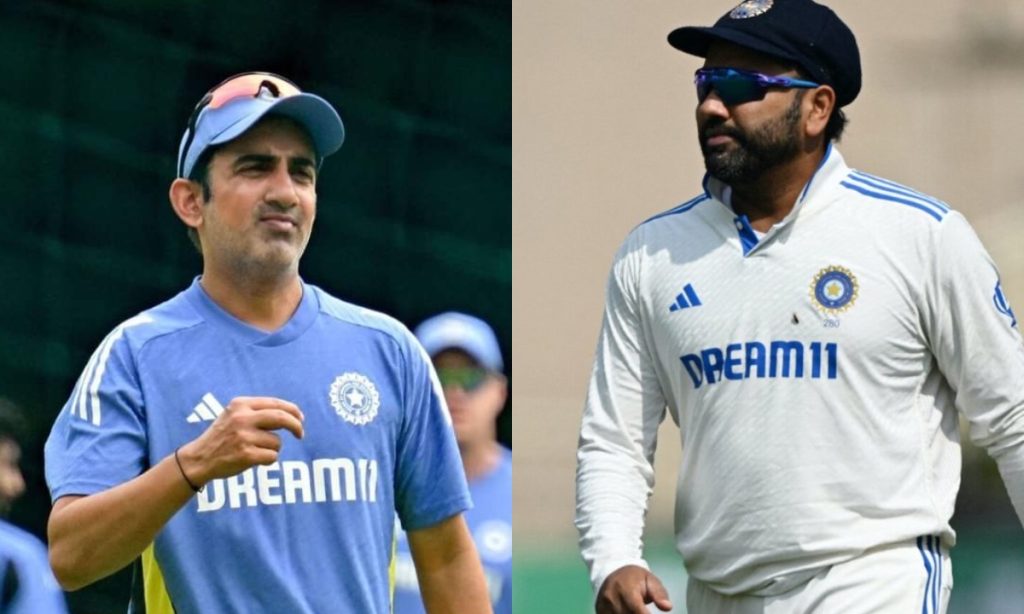In the ebbs and flows of cricket, where fortunes can change as swiftly as the wind, the Indian cricket team finds itself at a crossroads in the series against New Zealand. After a humbling defeat of India in the first Test by 8 wickets and currently trailing by 134 runs at 128-7 in the second, the narrative seems set against them. However, cricket, much like life, is replete with comebacks, and the Indian team, known for its resilience, is poised for a strategic overhaul that could yet clinch the series.
1. Tactical Adjustments in Batting Order:
One of the most immediate strategies India could employ is a reshuffling of the batting order. The traditional approach has often been to stick with a tried-and-true lineup, but in the face of adversity, innovation becomes necessity. Introducing a more aggressive opener or promoting a player known for his steadiness could stabilize the innings early on. This adjustment isn’t just about changing positions but about mindset, encouraging players to adapt to the conditions and opposition more dynamically. The inclusion of a player like Shubman Gill or the promotion of a middle-order batsman to open could provide the team with a different momentum, capitalizing on the powerplay overs more effectively.
2. Bowling Strategy and Fielding Adjustments:
The bowling strategy has been another area where India might look to innovate. The pitch conditions, often dictating the game’s pace, require a nuanced approach. India’s bowlers, particularly the spinners, could benefit from bowling in tandem, creating a rhythm that could exploit the pitch’s nuances better. Moreover, field placements have been under scrutiny, with suggestions for a more aggressive setting to pressure the batsmen into mistakes rather than allowing them to settle. This shift in fielding strategy could see more catches in the slips or a more proactive use of the short leg, aiming to capitalize on the natural tendencies of batsmen to play certain shots under pressure.
3. Mental Resilience and Leadership:
Perhaps the most crucial element in India’s potential comeback is the mental fortitude and leadership under Rohit Sharma. Cricket at this level is as much a mental game as it is physical. The ability to bounce back from setbacks, to remain focused despite the scoreboard, and to inspire confidence in teammates is where leadership shines. Rohit, with his experience, can foster an environment where failure is seen as a stepping stone rather than a stumbling block. This mindset shift, encouraging players to express themselves without the fear of failure, could be the catalyst for individual and collective breakthroughs.
The current scenario might paint a bleak picture, the essence of cricket lies in its unpredictability. India’s history is replete with instances where they’ve risen from the ashes, not just through skill but through strategic acumen and sheer willpower. The series against New Zealand, with its twists and turns, is far from over. With tactical adjustments in batting and bowling, coupled with a renewed mental vigor, India not only has the potential but also the history of turning series around. The Indian cricket team, known for its spirit and adaptability, is at a juncture where every decision, every strategy, could redefine the narrative of this series. Here’s to hoping for a classic Indian comeback, where the team not only wins but does so with style, proving once again why they are a force to be reckoned with in world cricket.

